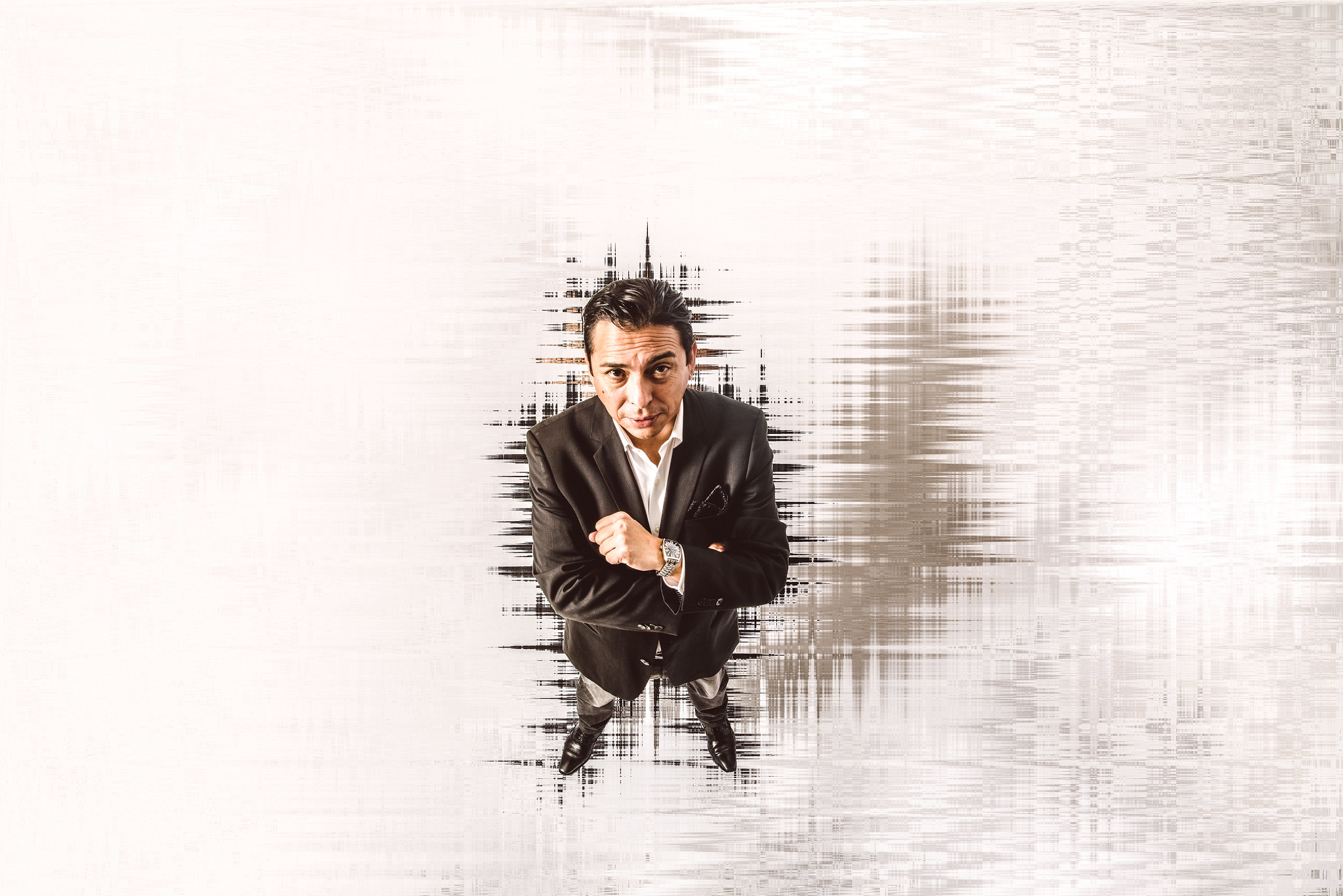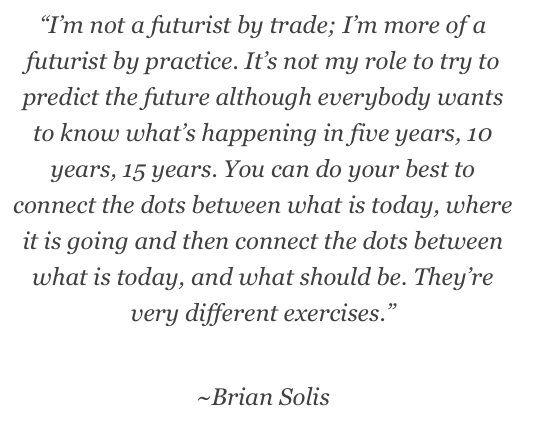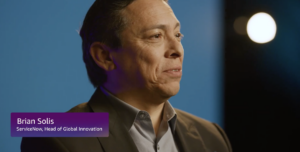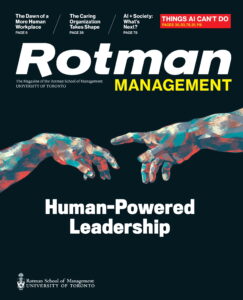
I was recently browsing Twitter, when a tweet by Dennis Wakabayashi caught my attention. It referenced “some of the most important CX voices” and included a shoutout to Mary Drumond, CMO of Worthix, and host of the “Voices of CX Podcast.” Dennis took that moment to “personally recognize and celebrate the amount of hard work Mary is doing every day to shape the industry.”
Agreed.
Dennis also recognized some of the leading voices that have been featured on Mary’s show including Dave Fish, Jay Baer, Dan Gingiss, Annette Franz and yours truly. You can learn about about each episode here.
In his summary, Dennis included a segment from my episode that I forgot saying, but wanted to revisit since it’s a topic that comes up quite a bit. I have the title of “futurist” in my professional work. A lot of times I’m asked “about the future” and what it will look like in say five, 10 or 15 years. A futurist by trade however, is not a fortune teller. A futurist speaker is someone who studies particular trends and conducts targeted research to forecast potential scenarios. It’s not a prediction as much as it is an informed theory.
“I’m not a futurist by trade; I’m more of a futurist by practice. It’s not my role to try to predict the future although everybody wants to know what’s happening in five years, 10 years, 15 years. You can do your best to connect the dots between what is today, where it is going and then connect the dots between what is today, and what should be. They’re very different exercises.”
I listened to the full episode again and I wanted to share it with you here. It’s as true today as it was when we recorded it last year.
Designing the Future of CX
This post is a transcript of S2 E1 of the Voices of Customer Experience Podcast with Mary Drumond and James Conrad, featuring Brian Solis: keynote speaker, author and Principal at Altimeter Group.

When Brian Solis entered the technology industry in the early 1990s, he said that he noticed the emphasis of conversations and innovation around technology. Over the years, he began to take note of how people were changing as a result of technology and started to document and report these things.
Solis realized that as technology continued to involve and as people were changing, a massive gap was developing between how companies operate and how people were evolving. He also noticed how people’s preferences, behaviors, and expectations were changing. That propelled him to begin documenting what he calls “digital Darwinism,” defining this as “the evolution of technology in society.” He has since worked to close this continuously growing gap and has realized that people are not going to move backwards with technology and innovation.
Connecting the Dots
Solis mentioned that instead of trying to predict the future, you can do your best to connect the dots between how things are today and where things are going or; you can connect the dots between what is going on today and how things should be. He said that these are two very different things. In his role, his goal is to understand where society is going, how it is going to evolve, where businesses are going.
Changing Centers of Reference
Solis added that it is not as much of a technology conversation as it is what happens when human beings change and veer away from their original centers of reference.
He provided an example of this by talking about the downfall of Blockbuster and Kodak and how Kodak was disrupted by digital. He went on to explain that it is not simple and that what really happened was that the customer changed so much that the Kodak business model became counter intuitive to how customers now behave and make decisions. Their centers of reference changed.
This also happened with the creation of Uber. People now expect to be able to get an Uber in a few short minutes and quickly get to where they need to go. They no longer want to wait for a taxi or deal with the hassle of taxis. These centers of reference are really important, according to Solis, because a major digital transformation is taking place right now, and CX is the number one driver for advanced digital transformation.
Solis also noted that the way a customer goes about making a decision is nothing like the funnel that companies are making decisions off of, and customers rarely act in the way companies believe they do. He added, though, how this is bound to happen due to our own natural human biases.
Understanding Customer Journeys
Solis spoke about how he always compared designing the customer journey to how Pixar approached movies through a storyboarding process and character development. He also stressed that there are two ways to influence behavior – you can inspire it or you can manipulate it.
Solis said, “We are learning that people are moving in a new direction and the more you try to hold it back or force it into the view of the world that you have, it is going to work for a little while because you can manipulate things, but at some point it doesn’t and it becomes disrupted.”
The Future of CX
Before discussing what he thinks the future of CX looks like, Solis first defined customer experience as “the sum of all engagements a customer has with your company throughout the life cycle,” and he added that it is not about just one moment but about all the moments.
Solis then defined an experience as “an emotional/sensory reaction to a moment” and explained that it can be measured by how you react and what you take away with you. He concluded by stressing the importance of recreating click paths and how those who just create the smallest of click paths to get someone from A to B quickly win.
Listen to the full podcast here!
About Brian Solis
Brian Solis is principal analyst and futurist at Altimeter, the digital analyst group at Prophet, Brian is a world renowned keynote speakerand 8x best-selling author. In his new book, Lifescale: How to live a more creative, productive and happy life, Brian tackles the struggles of living in a world rife with constant digital distractions. His model for “Lifescaling” helps readers overcome the unforeseen consequences of living a digital life to break away from diversions, focus on what’s important, spark newfound creativity and unlock new possibilities. His previous book, X: The Experience When Business Meets Design, explores the future of brand and customer engagement through experience design.
Please, invite him to speak at your event or bring him in to inspire colleagues and fellow executives/boards.
Follow Brian Solis!
Twitter: @briansolis
Facebook: TheBrianSolis
LinkedIn: BrianSolis
Instagram: BrianSolis
Pinterest: BrianSolis
Youtube: BrianSolisTV
Newsletter: Please Subscribe
Speaking Inquiries: Contact Him Directly Here
____________________________
Follow Lifescale!
Main Newsletter: Please Subscribe
Coaches Newsletter: Please Subscribe
Twitter: @LifescaleU
Instagram: @LifescaleU
Facebook: Lifescale University





Leave a Reply